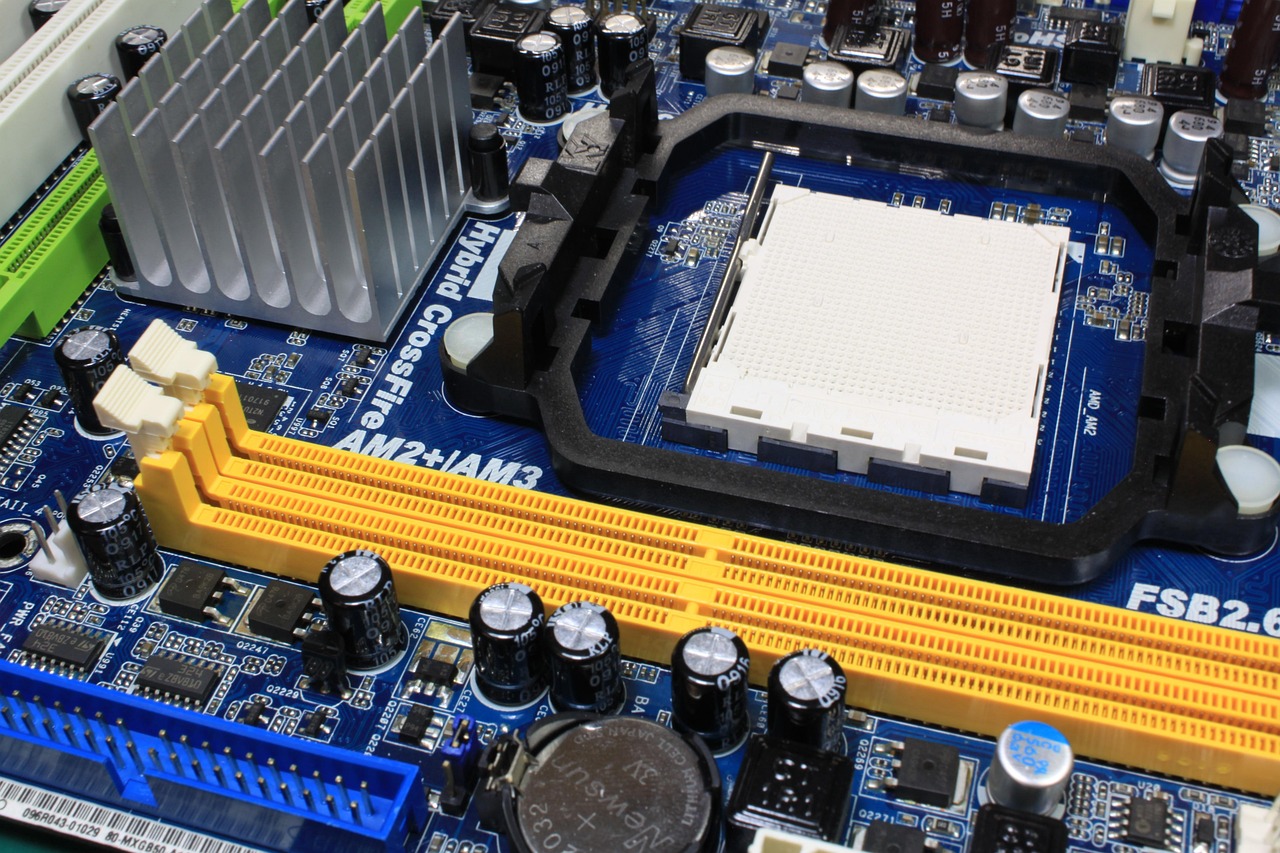ThreatMark Builds ML Transaction Risk Infrastructure

In the rapidly evolving landscape of digital finance, the need for robust transaction risk management has never been more critical. As financial transactions increasingly shift to online platforms, the potential for fraudulent activities grows, necessitating advanced solutions. ThreatMark, a company specializing in cybersecurity, is at the forefront of addressing these challenges by constructing a sophisticated Machine Learning (ML) transaction risk infrastructure.
At its core, ThreatMark’s ML infrastructure aims to enhance the security of digital transactions by accurately identifying and mitigating potential risks. Leveraging the power of machine learning, ThreatMark’s system can analyze vast amounts of transaction data in real-time, detecting anomalies that may indicate fraudulent behavior. This approach allows financial institutions to respond swiftly and effectively, minimizing potential losses and protecting customer data.
Machine learning’s role in transaction risk management cannot be overstated. By employing algorithms that learn and adapt from historical data, ML systems can predict and identify patterns that are not immediately obvious to human analysts. This capability is crucial in a global context where cyber threats are becoming increasingly sophisticated and diverse.
ThreatMark’s infrastructure is designed to integrate seamlessly with existing financial systems, providing a comprehensive solution that supports various aspects of transaction risk management. Key features of this infrastructure include:
- Anomaly Detection: The system continuously monitors transaction patterns to identify deviations from the norm, flagging suspicious activities for further investigation.
- User Behavior Analytics: By analyzing user behavior, the system can detect unusual activities that may indicate compromised accounts or fraudulent intent.
- Risk Scoring: Transactions are assigned risk scores based on various parameters, allowing institutions to prioritize responses to high-risk activities.
- Adaptive Learning: The ML models are continuously updated with new data, enhancing their ability to detect novel threats.
Globally, the financial sector is recognizing the value of integrating machine learning into transaction risk management strategies. According to a report by the Financial Stability Board, the use of AI and ML in financial services is expected to grow significantly, driven by the need for enhanced security measures in the face of increasing cyber threats.
ThreatMark’s approach aligns with this trend, offering a solution that not only improves security but also enhances operational efficiency. By automating the risk assessment process, financial institutions can allocate resources more effectively, focusing on strategic initiatives rather than manual fraud detection efforts.
Furthermore, ThreatMark’s ML infrastructure supports compliance with global regulatory standards. As financial regulations evolve to address the complexities of digital finance, institutions must ensure their risk management practices meet these requirements. ThreatMark provides the tools necessary to achieve compliance, reducing the risk of regulatory penalties.
In conclusion, as digital transactions continue to dominate the financial landscape, the importance of robust transaction risk management cannot be overstated. ThreatMark’s ML transaction risk infrastructure offers a powerful solution for financial institutions seeking to enhance security, improve efficiency, and ensure compliance in an increasingly complex environment. As the threat landscape evolves, ThreatMark’s commitment to innovation positions it as a key player in the ongoing battle against financial fraud.














